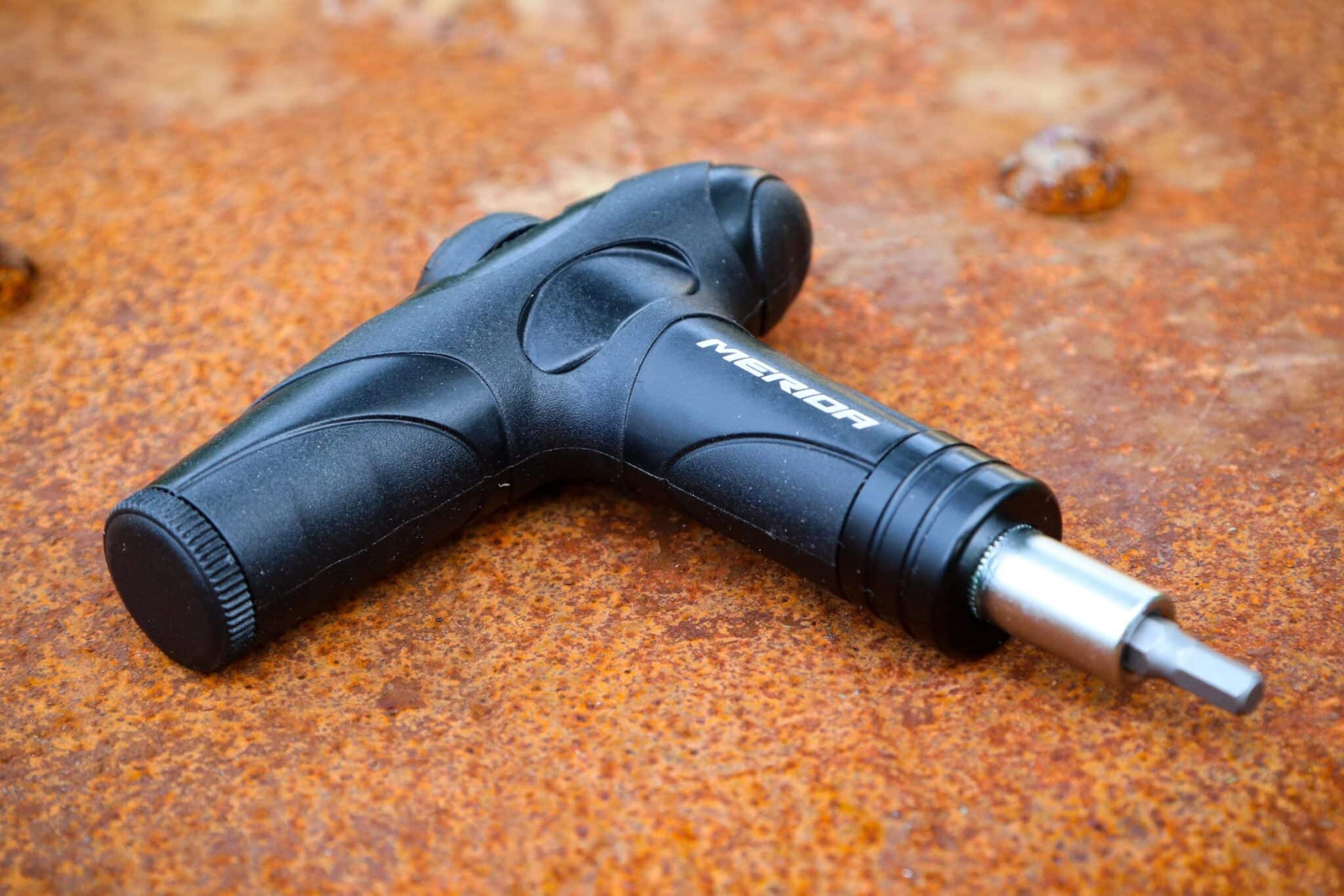Once it comes to bolt tightening, it is not just as simple as losing or tightening; you have to understand the overall physics of industrial bolting to make sure that these bolts can manage and stand up to huge weight loads. It begins with torque. And
Talking about torque, torque is the simple measurement of rotational force that gets applied to an object. You can easily do bolt tightening torque once you know how it all works. Actually, in simple words, you just need torque to form up tension in a bolt. You just torque to turn a nut onto a specific bolt and then to simply stretch the bolt. It makes it a solid spring that locks the two materials together. The bolted materials cannot get apart if the clamp load stay more than the tensile load (the capability of a material to handle a pulling force).
What is the Significance of proper torque?
Well, you would agree that torque gets applied to nearly all aspects of bolting. It includes tightening and so on. Once you tighten nuts and fasteners, you just have to ensure you are using the right sum of torque. But remember that you have a proper bolt tightening torque machine to perform the task.
You know, torque tightening is the right application of torque to a nut so that a bolt can simply grip its load safely without breaking. Too little and the materials are not properly tightened – making it structurally absolutely unsafe. Extreme torque can break the bolt. Once you apply the correct amount of torque, the bolt gets properly stretched so that it can work as a solid spring to lock the two materials collected.
Furthermore, torque tightening starts with preload, which is the sum of tension that requires to be applied to a bolt before its overall load, or full weight it requires to support, gets added. Moreover, you can also define preload as the applied torque then minus its frictional losses. To find out what the preload should be, you require to account for the overall bolt’s material and grade, how much torque is going to be lost to friction and the final load the bolt will be needed to carry. Ultimately, your preload possesses other different variables and you may use an equation or a bolt tightening torque calculator to decide the proper torque.
Speaking of torque pattern, it is the proper type of tightening sequence so the bolts are rightly stretched and can consistently carry the load. No matter there are four bolts or even twelve, torque pattern permits you to spread the load. Rather than simply tightening bolts clockwise – that would put more load on one side, torque pattern characteristically dictates that you tighten bolts on opposite sides of the projections. It is more than simply the sequence that you might tighten in though. You should definitely pattern the sum of torque throughout the sequences, progressively increasing it in every single round.
Conclusion
To sum up, since you have a fair amount of knowledge about the torque tightening concept, make sure that you ache the right tools with you.







